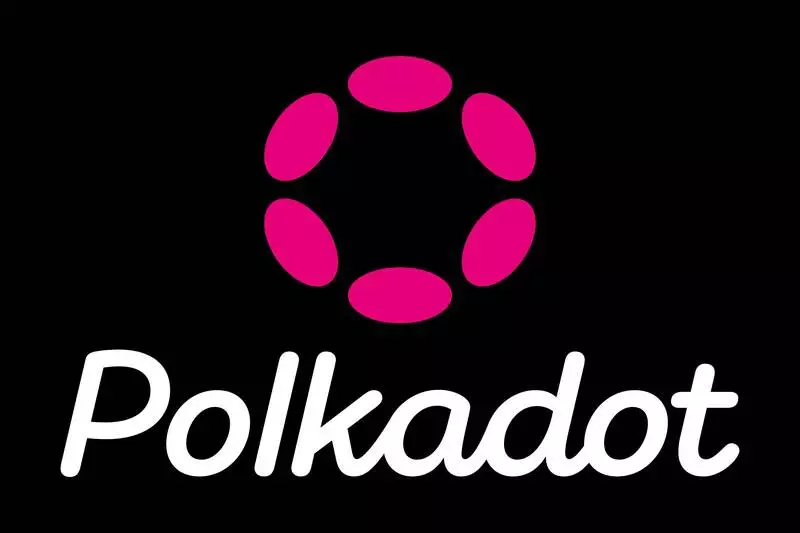Polkadot 2.0 is set to revolutionize the blockchain community with its latest tech upgrades, including Async Backing, Elastic Scaling, and Agile Coretime. These upgrades are aimed at improving the efficiency and scalability of the Polkadot network, making it more user-friendly for developers and users alike.
Core Components
The core components of the Polkadot system, such as the Polkadot SDK, Polkadot Chain, and Polkadot DAO, provide developers with the tools they need to create custom blockchain projects. These components work seamlessly together to enhance the overall functionality of the network, allowing for increased transaction throughput and cost-effective Coretime usage.
Agile Coretime and Elastic Scaling are key features of Polkadot 2.0 that address inefficiencies in the previous system. Agile Coretime dynamically allocates computing resources based on network demand, while Elastic Scaling allows parachains to utilize multiple cores within a single block, boosting network throughput and managing higher transaction loads efficiently.
Improved Block Generation
Asynchronous Backing further enhances block generation and validation by reducing block time and allowing for parallel transaction validation and block production. This improvement streamlines the overall process, making the network more efficient and scalable for various blockchain projects.
The introduction of more flexible on-demand and bulk models for purchasing blockspace replaces the previous slot auction model in Polkadot 2.0. This change reduces entry barriers and resource inefficiencies, making it easier for projects of all sizes to participate in the network and utilize its resources effectively.
The DOT token plays a crucial role in the Polkadot ecosystem, serving as the native currency for governance, staking, bonding, and transaction fees. With over 1.3 million on-chain wallets, DOT holders have significant decision-making power through the advanced governance system OpenGov. The Nominated Proof of Stake (NPoS) system allows DOT holders to earn rewards by backing validators, ensuring the security and integrity of the network.
Inflation Model
Polkadot’s inflation model incentivizes network participation through a 10% annual inflation rate, which can be adjusted via on-chain governance. The inflation rewards are distributed among the treasury, validators, and nominators, with the allocation percentages varying based on the amount of DOT staked.
Polkadot 2.0 represents an exciting evolution in the blockchain space, offering revolutionary upgrades and enhanced functionality to drive innovation and growth. With its focus on efficiency, scalability, and user-friendly features, Polkadot is poised to become a leading platform for developers and users looking to create and engage with cutting-edge blockchain projects.

